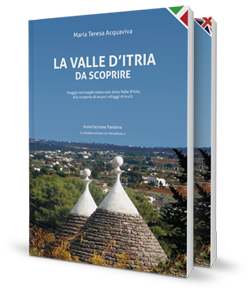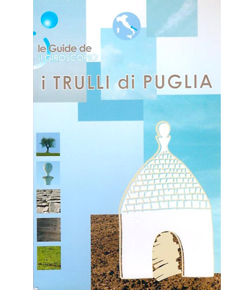Trulli in countryside are scattered and isolated or gathered in villages, as in Valle d' Itria, for lot of century they are stone artefacts emblems of Apulia.
The touristic iconography of trulli more widespread coincides with the big amount of images of Alberobello, the only Puglia's city with a trulli village as old town; but the careful tourist can notice a lot of trulli in all Apulian countryside.
In the past century trulli weren' t considered as something to visit, maybe because even the educated travelers assimilited them to agricultural specchie (apulian megaliths) scattered in the fields, or to rural abodes.
At the end of 19' century, because of sensibility of some researcher, the scientific world recognized the artistic value of trulli. Over time, with the help of archeology and cultural antropology, the Trulli have becomed worldwide famous. Nowadays the definition "dry stone architecture" gives worthiness to trulli and to every frameworks like them, so they are free from a limiting vision about construction techniques. The building model of trullo has becomed so widely used for different reasons: among these the most important is the karst nature of Puglia, wich has, since the Cretaceous geological period , limestone rocks of carbonic nature sedimented in a shallow sea.
Therefore, Puglia is a stone landscape, beautified wisely by the ancestor peasants through the many building, amog these there are trulli; the scattered ones are called, in puglian dialects, furneddi, pagghiari, chipuri and truddi, they have keeped their seasonal shelter function for agricultural-pastoral activities. Instead on the Murgie high grounds, specially in the Murgia of Trulli subregion, the simple seasonal shelter, over time have developed into permanent dwelling widespread in this area, to forming real casedde village (puglian name).













